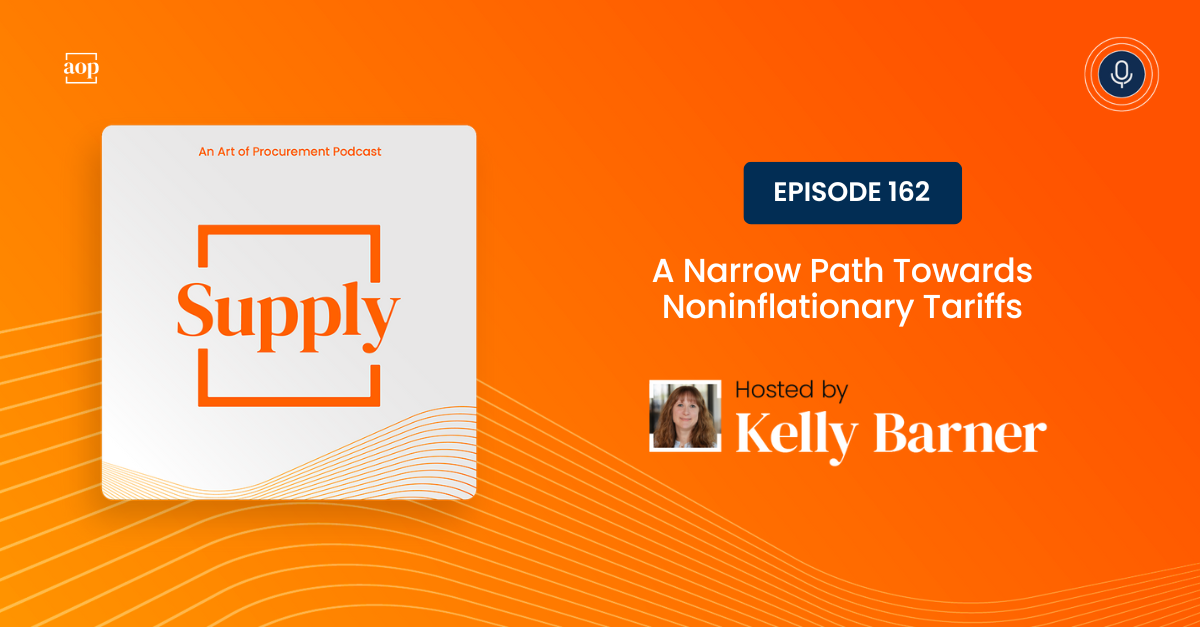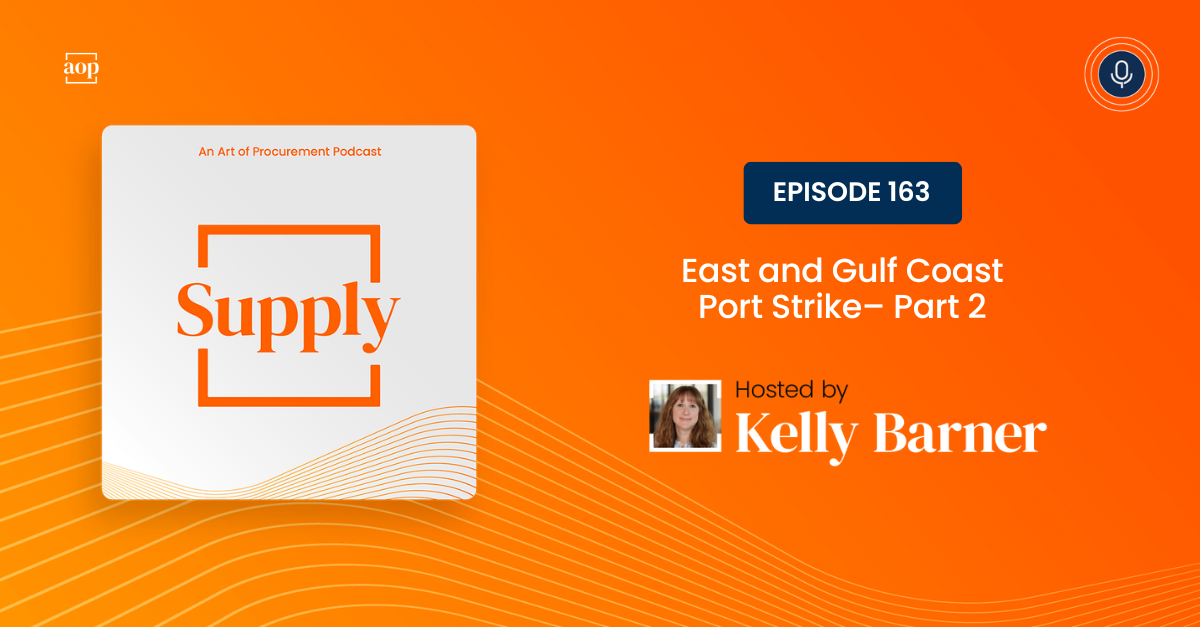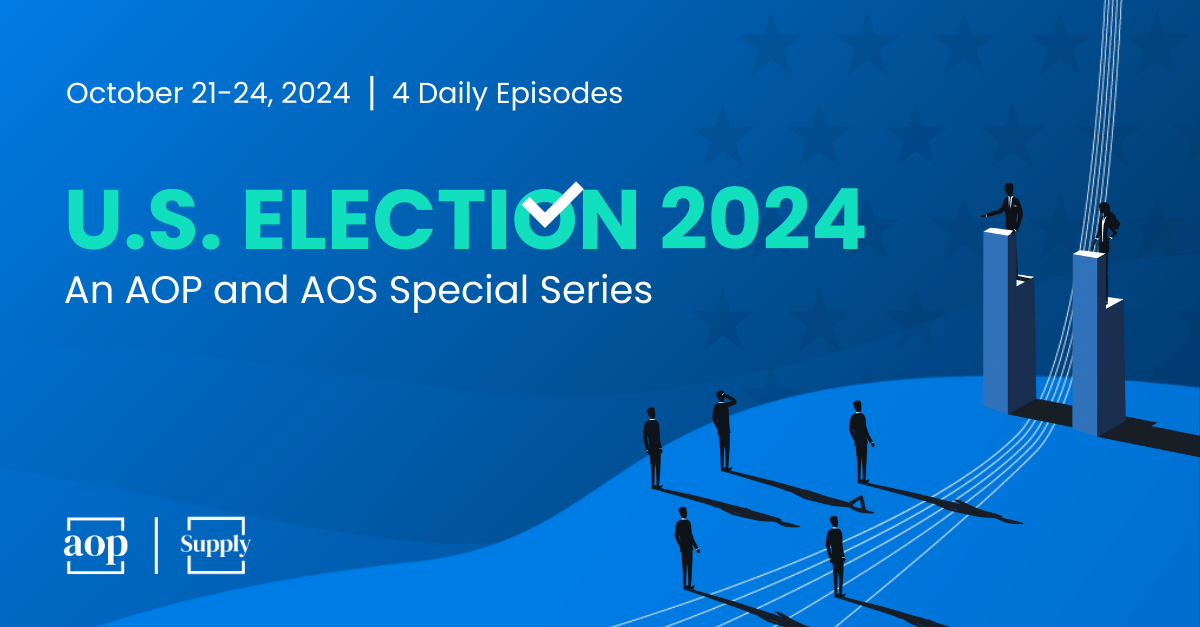
Since Donald Trump's inauguration, a lot has been said about his intentions for tariffs and how they will affect supply chains. While many have speculated about where these tariffs will be applied and the impacts they will have on business and the American people alike, one insider offers a guide as to how the Trump administration plans to enact them.
Stephen Miran, Trump's pick to lead his council of economic advisors, and Senior Advisor for Economic Policy in the U.S. Treasury during the first Trump administration, published a user's guide to restructuring the global trading system. His report, A User’s Guide to Restructuring the Global Trading System, contains the foundational reasoning behind all tariff-related policy changes in the second Trump administration.
Not a Slam Dunk
Reading the report, one thing is very clear. Miran does not think tariffs will be a slam dunk. In fact, he admits that we will have to walk a very narrow path in applying these tariffs while simultaneously reducing the harm felt by consumers and the larger economy.
Still, he thinks it is possible.
Much of that belief stems from the Trump view that everything is interrelated. While Wall Street experts and national security leaders tend to offer advice based solely on their speciality, it is hard for them to consider loosely connected implications. Trump, on the other hand, sees clear connections between global military spending and trade deficits (for instance).
As Miran writes, “This connection helps explain why President Trump views other nations as taking advantage of America in both defense and trade simultaneously. The defense umbrella and our trade deficits are linked through the currency.”
And they both see tariffs as a way to solve those problems, when properly applied.
The U.S. Position on Tariffs
While many consider tariffs a tax passed along to consumers or a risky move that can harm international trade relationships, Miran offers a different perspective in his report.
“According to the World Trade Organization, the United States effective tariff on imports is the lowest any nation in the world imposes at about three percent, while the European Union imposes about five percent and China ten percent.” What was intended to stir global economic recovery after major wars 80 years ago, is clashing with today’s incentives.
While tariffs imposed during Trump's first Administration helped generate American revenue, there are three other factors that Miran cites as motivation to implement them again:
- Monetary policy
- National security
- Domestic manufacturing
Currency’s Role in Tariffs
The US dollar isn't just America’s currency. It serves as the reserve currency for the rest of the world. Since foreign national banks and smaller financial institutions hold U.S. currency for use in foreign transactions, the dollar becomes overvalued.
While Trump doesn't want to change the dollar’s reserve status, he does want other countries to share the burden of holding it. He also believes the currency offset from tariffs will prevent ‘the tax’ from falling onto consumers… as long as the administration can stay on that narrow path. While the macroeconomic data supports this theory, it is sure to be the most controversial and challenged part of the tariff argument.
Miran also notes, “If the reserve asset, in this case the U.S. dollar, is the lifeblood of the global trade and financial system, it means that whoever controls the reserve asset and currency can exert some level of control over trade and financial transactions.”
Looking back at Trump's belief that everything is connected, this opens the floor for the U.S. to pull a few economic levers instead of our more typical military ones.
When Currency and National Security Overlap
As the report goes on, Miran points out, “Economists cannot evaluate whether America's national security goals are worthy, only note that it can achieve them far more cheaply because of America's control of the international trade and financial systems by virtue of our reserve currency status.”
When certain countries like China, however good of a trade partner they would be from a cost efficiency standpoint, pose a threat to our national security, U.S. businesses have to find alternative sources. The thing is, there may also be cause for concern for our involvement with even friendly trading partners.
“Many of America’s allies and partners have significantly larger trade and investment flows with China than they do with America; are we so sure we can trust them, if worse comes to worst?” poses Miran. Scott Bessent, Trump's Treasury Secretary, has proposed grouping countries based on currency policy, trade, and security agreements. Each group will fall into a different level of tariff, with “friendly” countries” having lower tariffs, and “less friendly” ones receiving higher tariffs.
As the U.S. aims to balance out trade and improve national security, even if those options are explored, there is still the challenge of the relationship between a strong dollar and U.S. manufacturing employment.
Bringing Manufacturing–and Jobs–Home
Since the U.S. dollar serves as the global reserve currency, it makes domestic manufacturing less competitive because U.S. exports are more expensive than items made elsewhere in the world.
This is particularly problematic during recessions; the manufacturing sector inevitably gets hit hard when it matters most domestically. If you ask Miran, manufacturing production and employment never quite recover to the level they were at before the recession. The problem persists when we consider that, even if global currencies perfectly adjust in response to tariffs and consumers are protected from added cost, the manufacturing sector still might not be safe on the global stage.
Whatever changes this administration decides to make regarding tariffs, they need to take all of these factors into context. Theoretically, they can be managed perfectly, but we live in a messy world, and there's no guarantee that things will play out as expected.
In the meantime, we are all walking that narrow path together– if it works, we will have the opportunity to see improvement in trade balances, currency, national security, and even domestic manufacturing. If it doesn’t…




